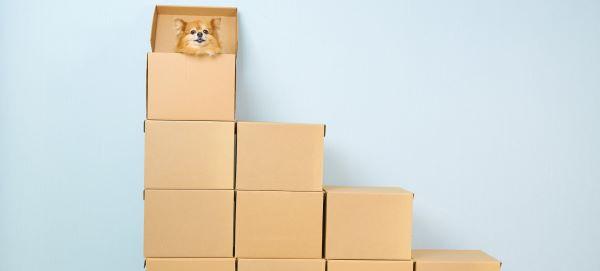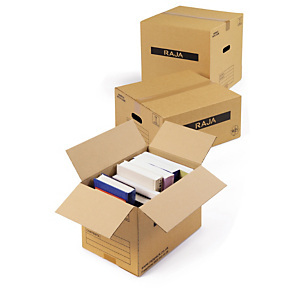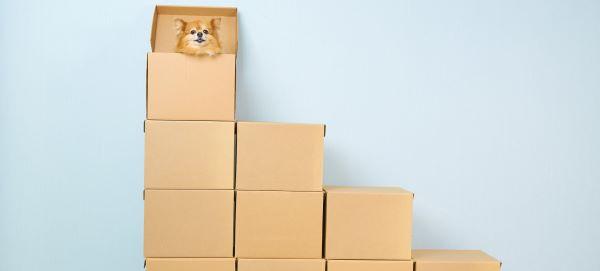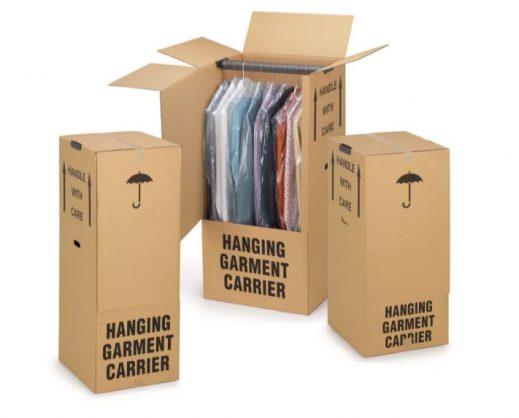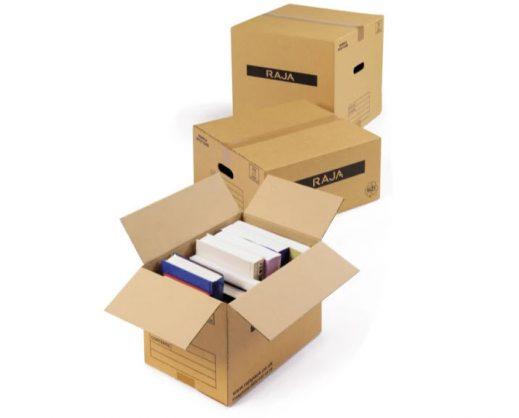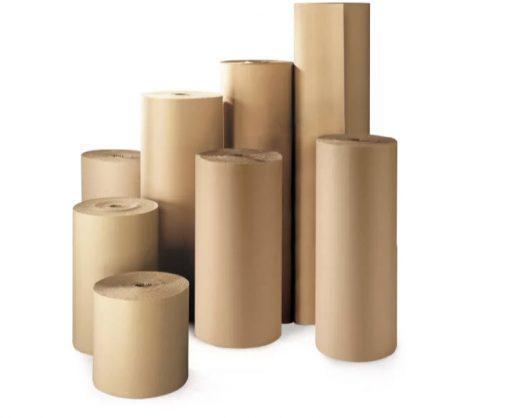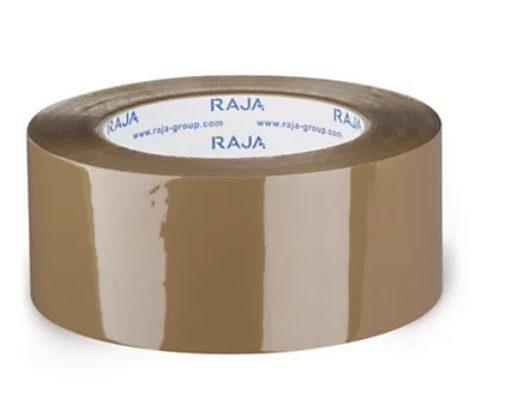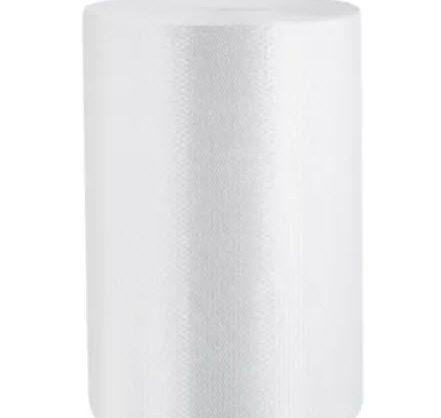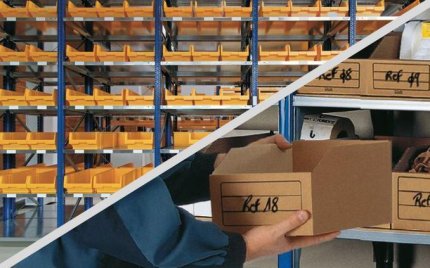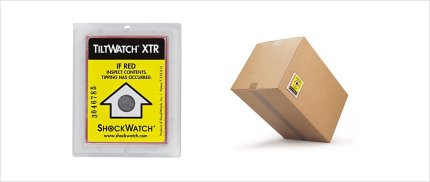A Stamp Duty holiday, the ‘Zoom boom’ and a focus on homeworking has seen more people moving than ever; but what are the top moving tips – especially around using cardboard boxes for moving? Here we take a look at the best boxing solutions for your valuables, clothes and furniture.
Top moving tips: cardboard boxes for moving
Are you one of the many people who are looking to move house? You aren’t alone: the UK property market has exploded – but what are the top moving tips and what moving out boxes do you need?
With people spending more time than ever in their homes – working, living and Zooming – its unsurprising that many are looking to move. According to the Office for National Statistics (ONS), UK average house prices increased by 8.9% over the year to April 2021, driven by supply outstripping demand. In May alone, 103,000 houses were sold in England – that is a lot of stuff to move.
And how that stuff is packed is crucial. So, what do you need to know when packing for a house move and what sorts of boxes do you need?
Tip 1: Start early – the key to good packing is to plan early on and start to work out what sorts of boxes (and how many of them) you are going to need. Assess the kinds of items you have in each room – clothes, furniture, TVs etc – and scope out your boxing needs. For example, how many wardrobe moving boxes will you need in each room; how many TV moving boxes are needed and of what size?
Tip 2: Do each room separately – when planning your boxing needs for moving do it as you should your packing, one room at a time, keeping all those boxes together and clearly labelled as to which room they are to go in on arrival at your new home.
Tip 3: Pack heavy items in small boxes – all heavy items should be packed in their own small box to not only make them easier to move, but also to make sure that the box doesn’t give and the items get damaged. Other items, such as say a TV, should be packed in its own box, just big enough for it and some packing.
Tip 4: Pack biggest/heavier items at the bottom – if you are packing items that are ranging in weight, then put the heavier ones at the bottom. This avoids items getting crushed and keeps the boxes centre of gravity low.
Tip 5: Wrap items individually – to protect your items, wrap each on in something protective such as newspaper, tissue or bubble wrap. And use several layers. Pillow, blankets and cushions can also be used as protective packaging inside boxes of other items.
What kind of packing boxes do I need for moving?
We’ve seen how to pack, but what kind of packing boxes do you need for moving? Naturally, there is more to it than just getting any cardboard boxes for moving house; moving boxes can be quite specialised to help you achieve the outlined tips above.
Moving out boxes come in a wide range of shapes and sizes to accommodate all sizes of items, as well as being double or single-walled to cope with varying weights of goods. Single walled boxes are available for lighter loads, while double walled boxes can carry heavier items.
Handily, both single and double walled removal boxes come with closable flaps and feature cut out carrying handles. Single walled boxes are 406mm square and come in two heights, 203 or 406mm. Double walled boxes come in a much wider range of sizes. All are made from 100% recyclable and corrugated cardboard with at least 75% recycled fibres.
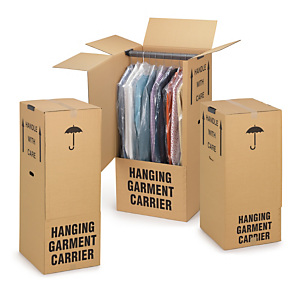
Smaller boxes are also available for all your smaller items. Small book boxes for moving, for example, are usually seen when you get the latest best-seller delivered, but they are also ideal for packing up your books for transport, even if you then put them in a bigger box, they are protected and safe.
How many boxes do I need to move?
How many boxes you need to move depends on how much stuff you are taking with you, but a rule of thumb is that more is more. As we have seen, it is best to pack heavy items separately, as well as using specialised boxes for clothes, books and other valuables, so always make sure that you have more boxes than you think you need. Also get a variety of sizes.
More pressingly, you need to choose the right boxes for the items. Moving boxes for glasses, for example, should be double walled to offer maximum protection for the fragile items inside. Also, you don’t need huge boxes that you can get all your glass wear in, rather, they have to able to take a smaller number of items, but with a lot of wrapping and packing to protect them.
How to move heavy boxes upstairs – especially if they are full of glass – is also something that will impact how many boxes you need. Carrying boxes up (and down) stairs mean having boxes that are not too heavy and not too large to fit in the stairwell space. It is also handy they have handles.
So, when packing upstairs, opt for a more smaller boxes to make getting them back down again more manageable.
How to organise packing boxes for moving
Organising your boxes for moving is the next step in a smooth move. As we have seen, that means planning your packing and doing it room by room and clear labelling. It also involves carefully sealing your boxes so nothing falls out, labelling your boxes clearly and getting the right boxes for each room.
How to tape up moving boxes is an art. Even with the greatest care, moving boxes are going to get bumped about a lot and, depending on the time of year you move, can also experience rain, sleet, snow and extremes of temperature. For these reasons, it is always best to tape up your moving boxes using strong, think plastic tape with strong adhesive.
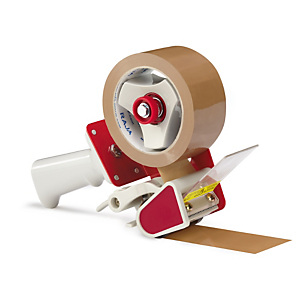
Using small book boxes for moving can help with smaller items – and they don’t necessarily have to be books, anything that will fit can be put into a book box and will get the level of protection that it needs.
Adding packaging material to pad it out, along with not over packing boxes and making sure that they shut without squashing items with the lid – as well as being tightly sealed with tape – are key factors in how to prepare boxes for moving.
What are the best boxes for moving different items?
The best boxes for moving different items are designed to offer the right protection for those items. For example, moving boxes for glasses and dishes feature cardboard dividers to stop the glass ware banging together, which when combined with tissue or bubble wrap can offer a great deal of protection to glass items.
Bottle boxes too can be used to transport glass ware – particularly ornaments – again working in tandem with bubble wrap and bubble wrap bottle bags.
Garment moving boxes, as we have seen, are also specially designed to not only be strong and protective of the clothes, but also to allow for easy access to see what is in each box. The garment boxes, made from strong double wall rigid flute corrugated cardboard with a Kraft finish are also easy to seal shut – and are made from 75% recycled fibre. They can also be taped shut with standard box tape.
What to do with cardboard boxes after moving
The final piece of the process is what to do with the cardboard boxes after moving. Once you are in your lovely new home and you have finally unpacked everything, you are going to be left with a lot of boxes. There are so many things you can do with a box that it really should be the subject of a whole other article but some of the simplest include:
- Use them to store things in your new loft or garage safely and securely, they are super tough boxes after all
- Return them to their flatpack state and store them ready for your next move
- Use them to make a fort for the kids
- Turn them into pretend ovens, castles, football tables, race tracks, steam trains, spaceships or sub aqua gear (for you or the kids)
- Recycle them at the recycling centre so that they can be made into new cardboard boxes for moving.
Want to know more about our wide range of boxes for moving?
For additional advice on the best boxes for moving, our Experts are here to help you find the right solutions and arrange next day delivery. Simply call us on 0800 542 44 28 or visit www.rajapack.co.uk.







